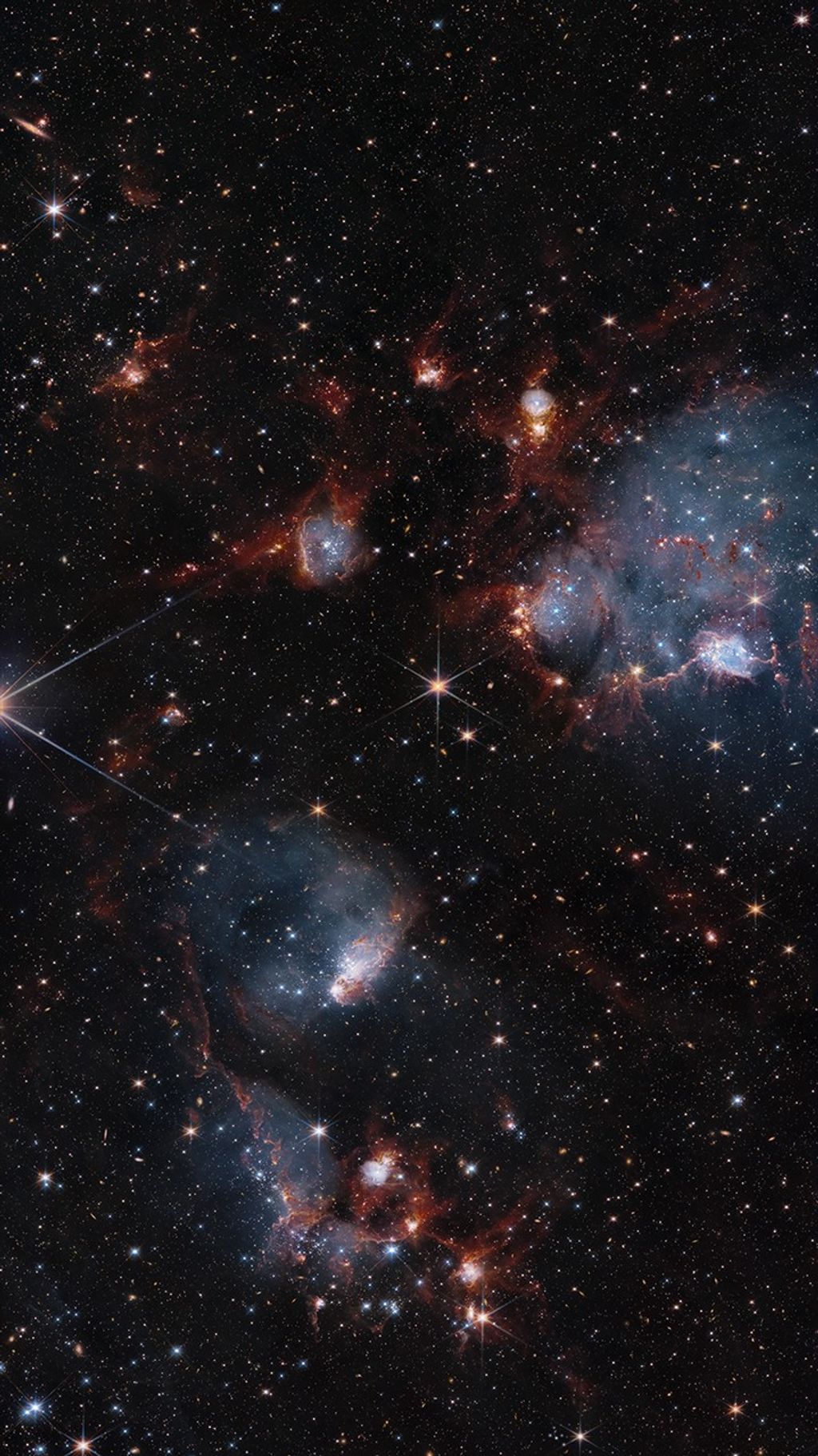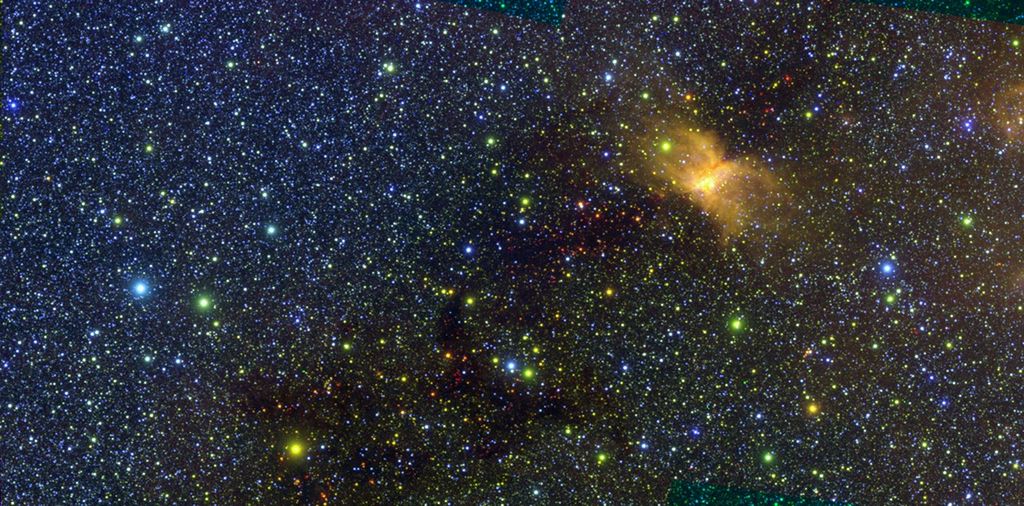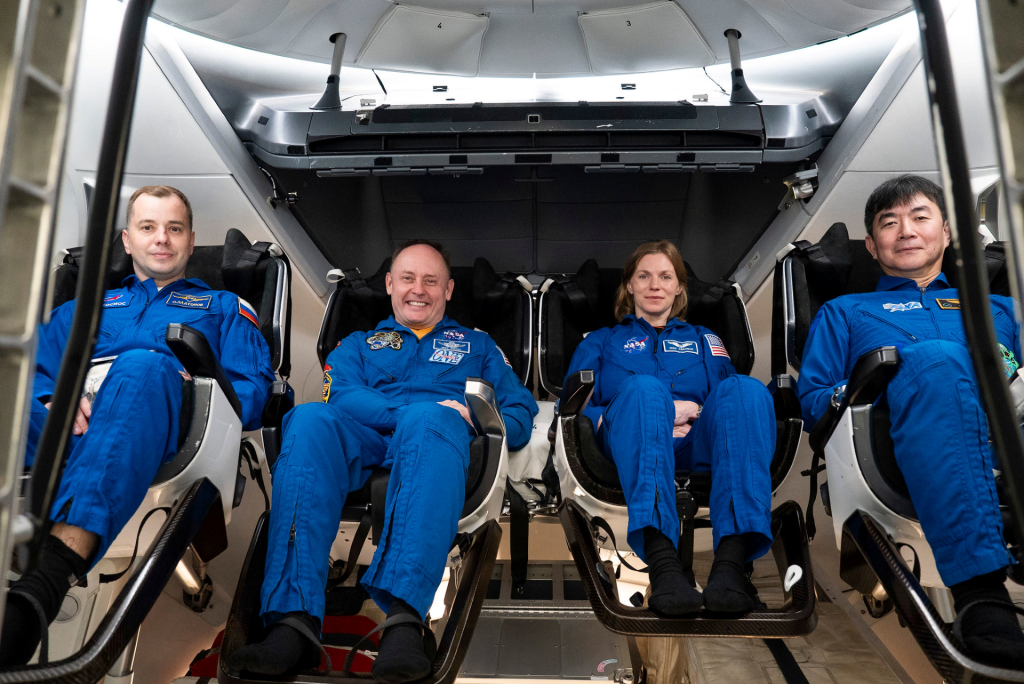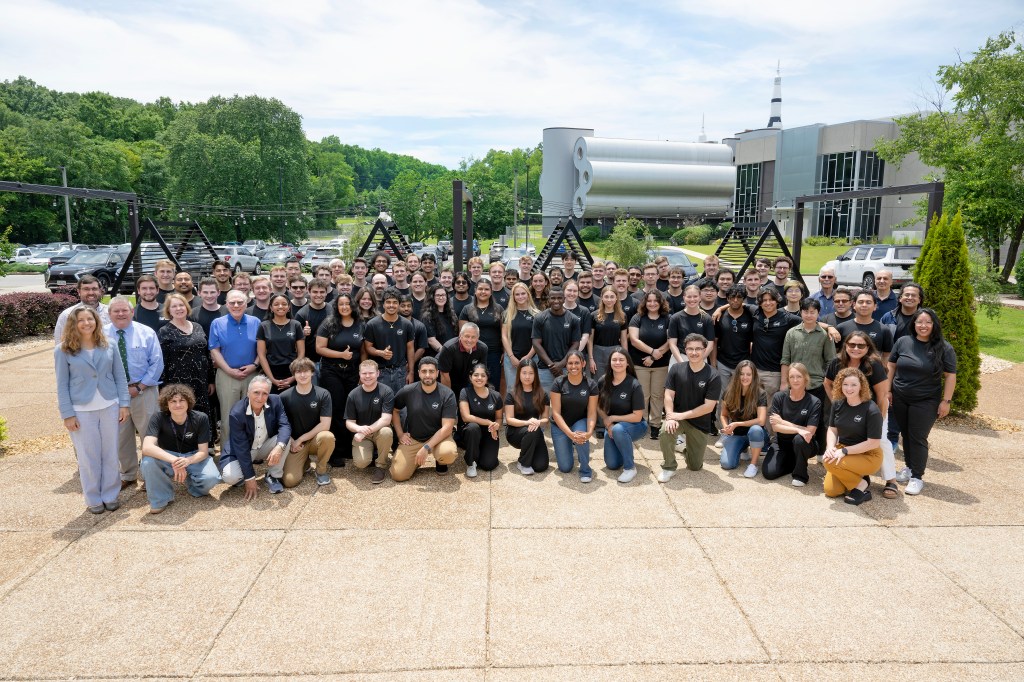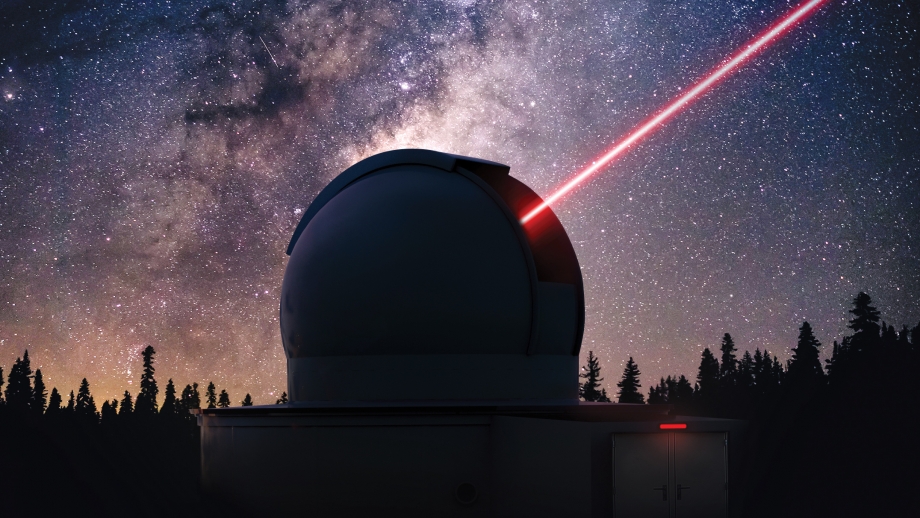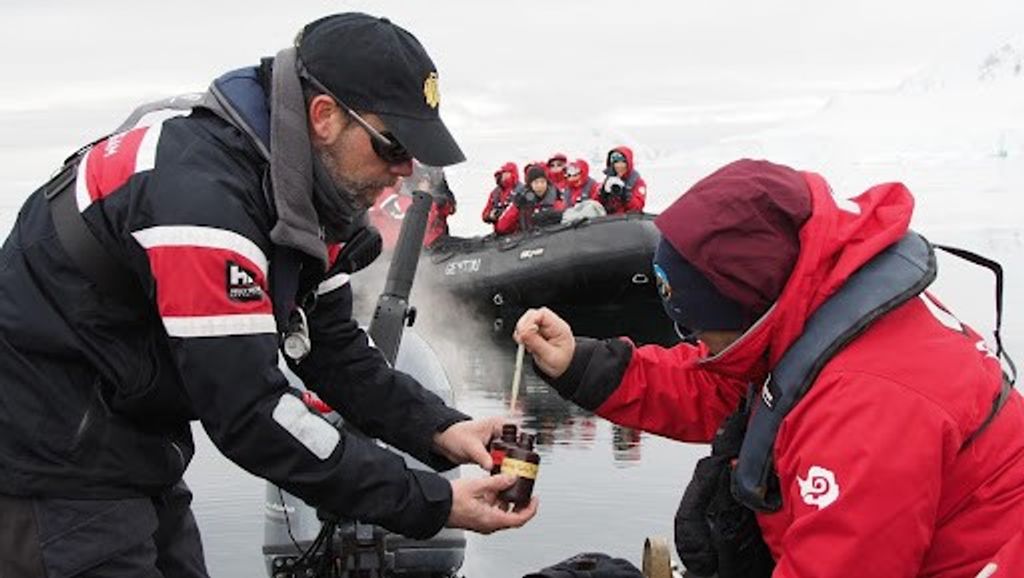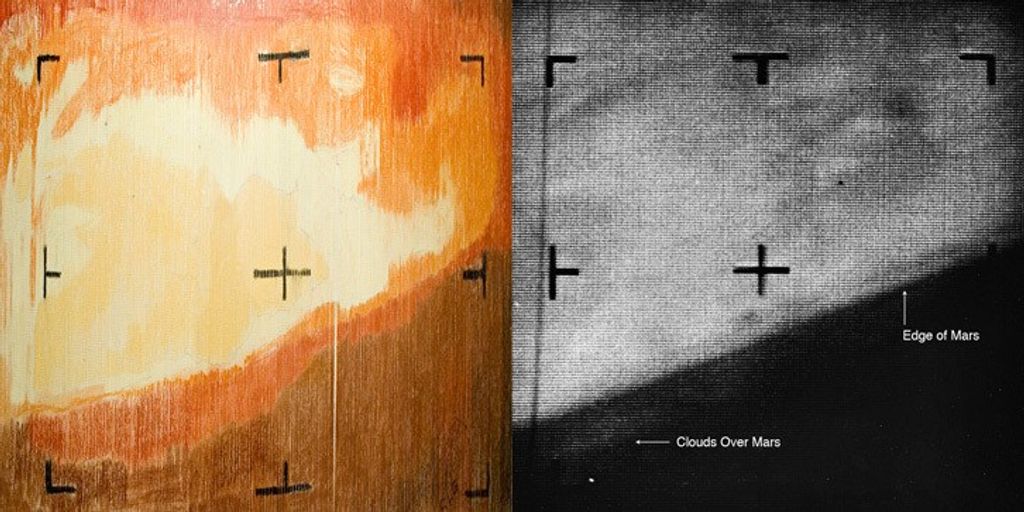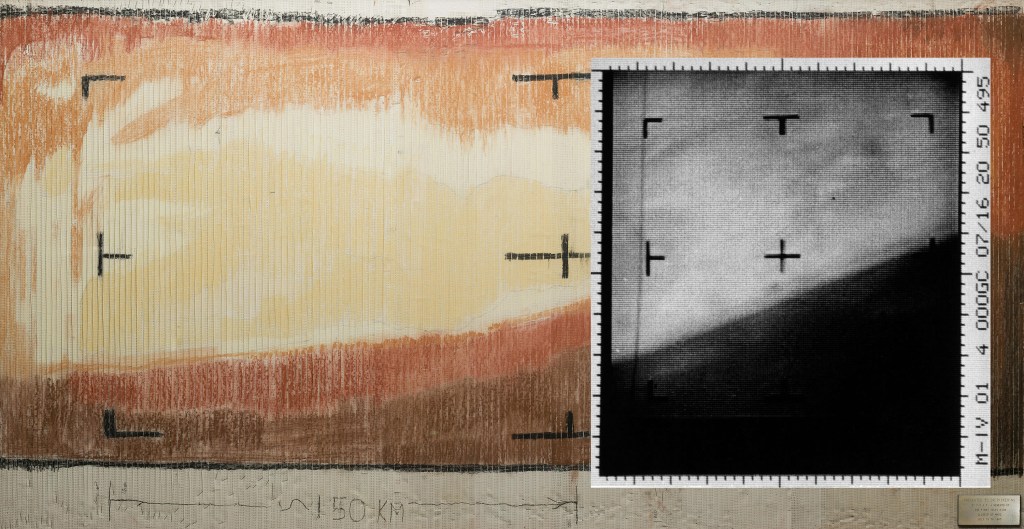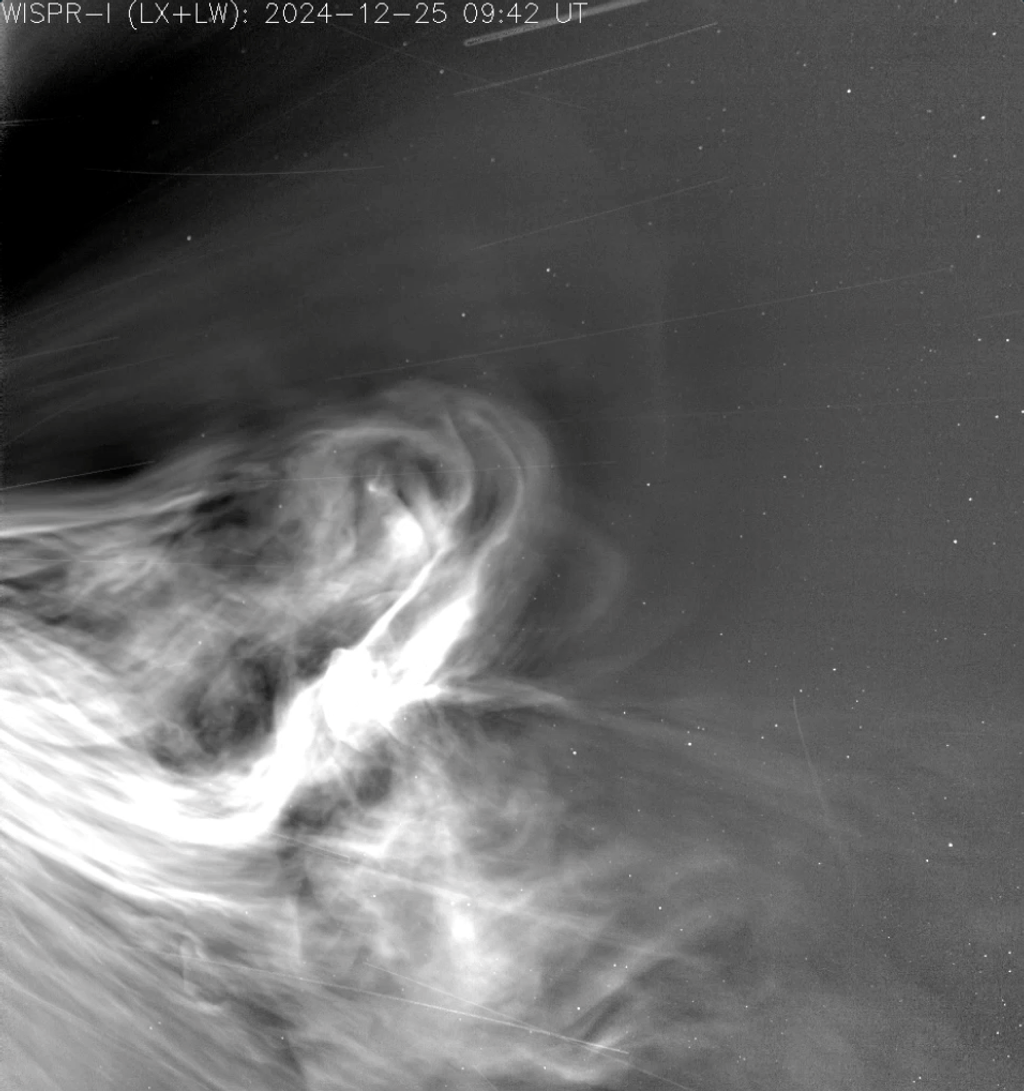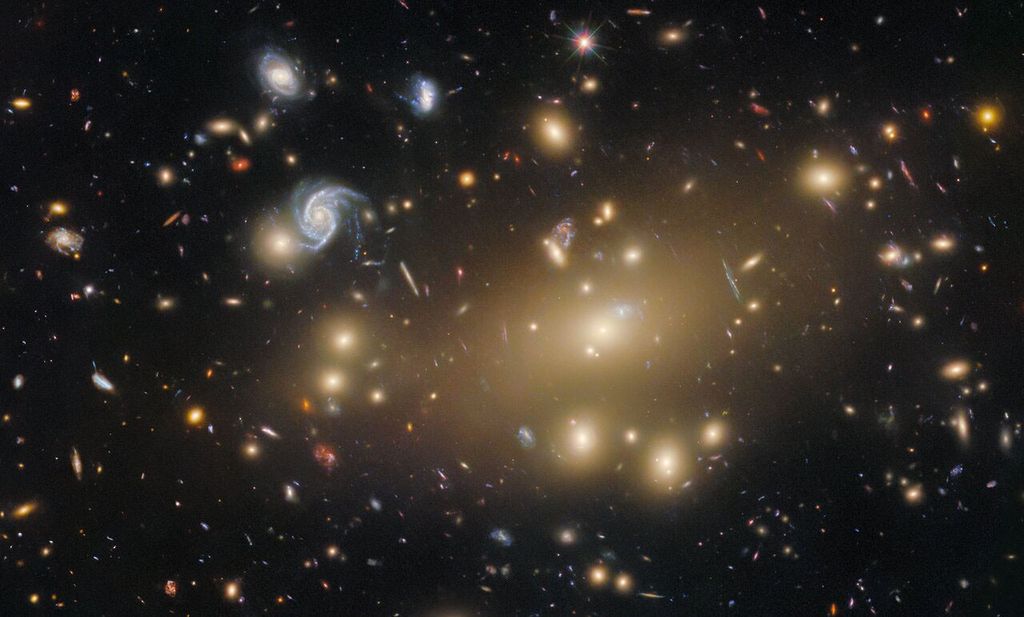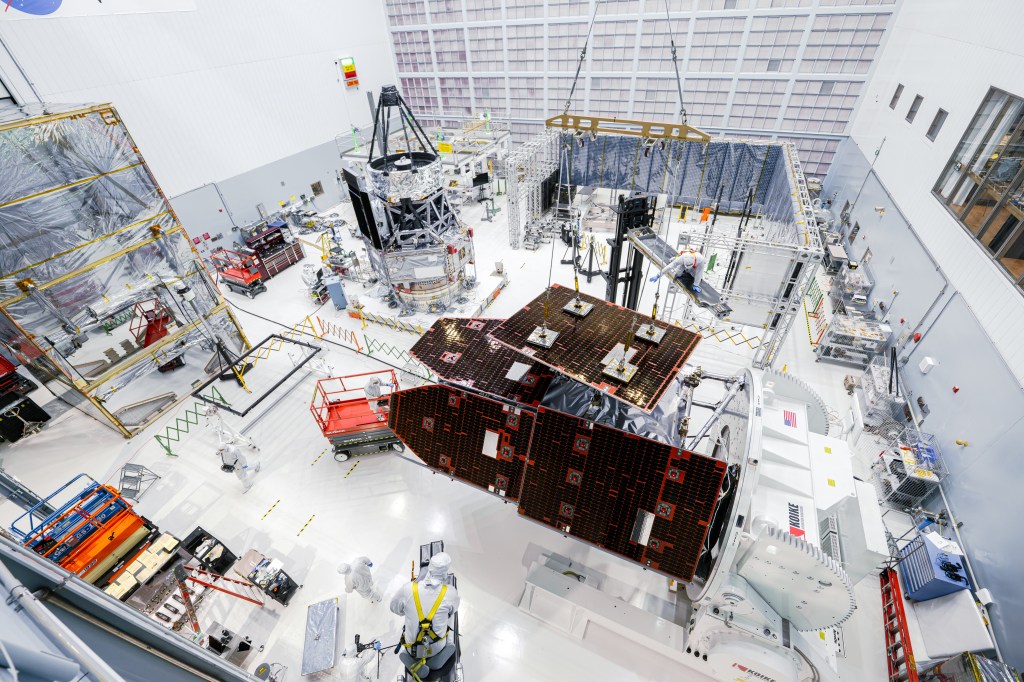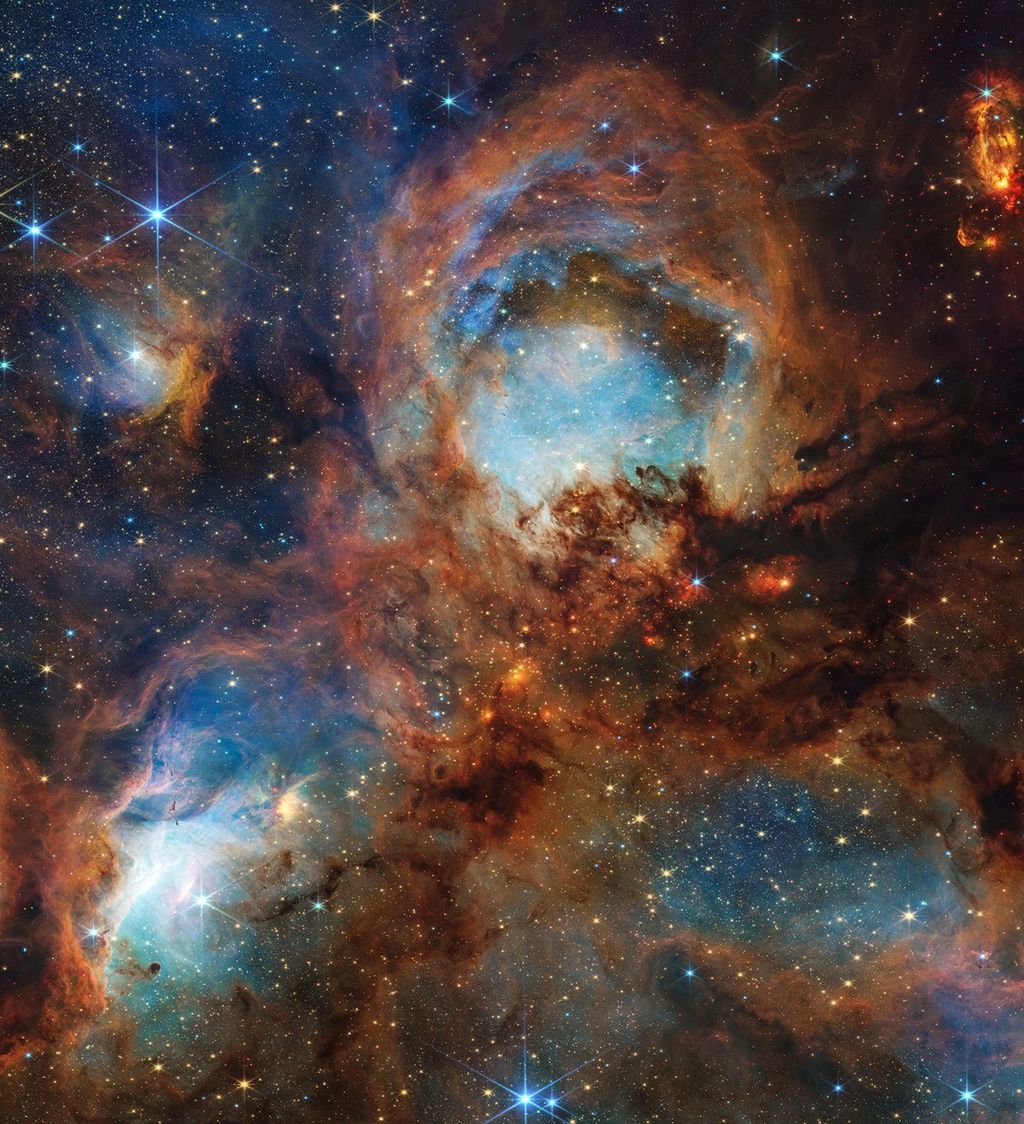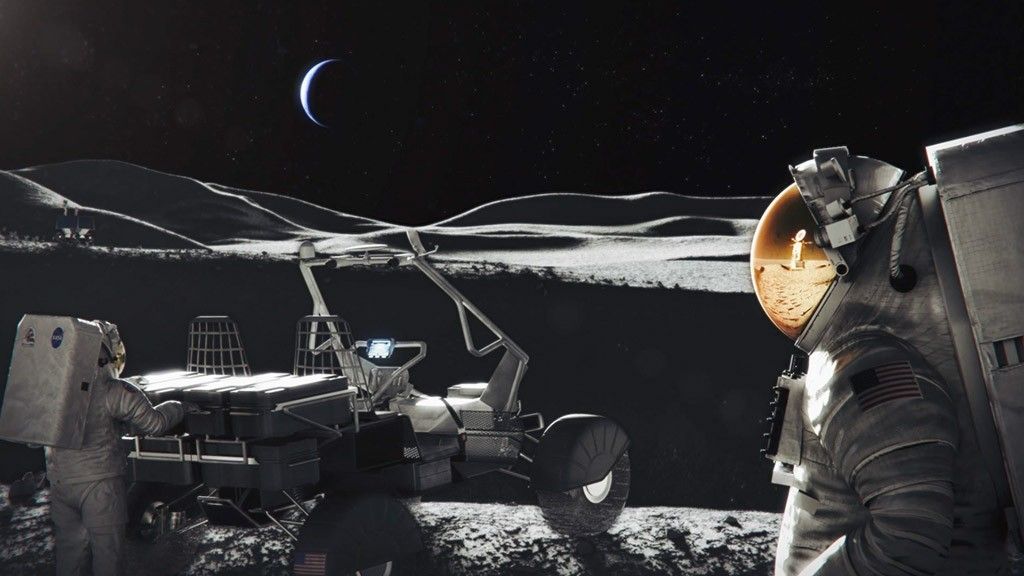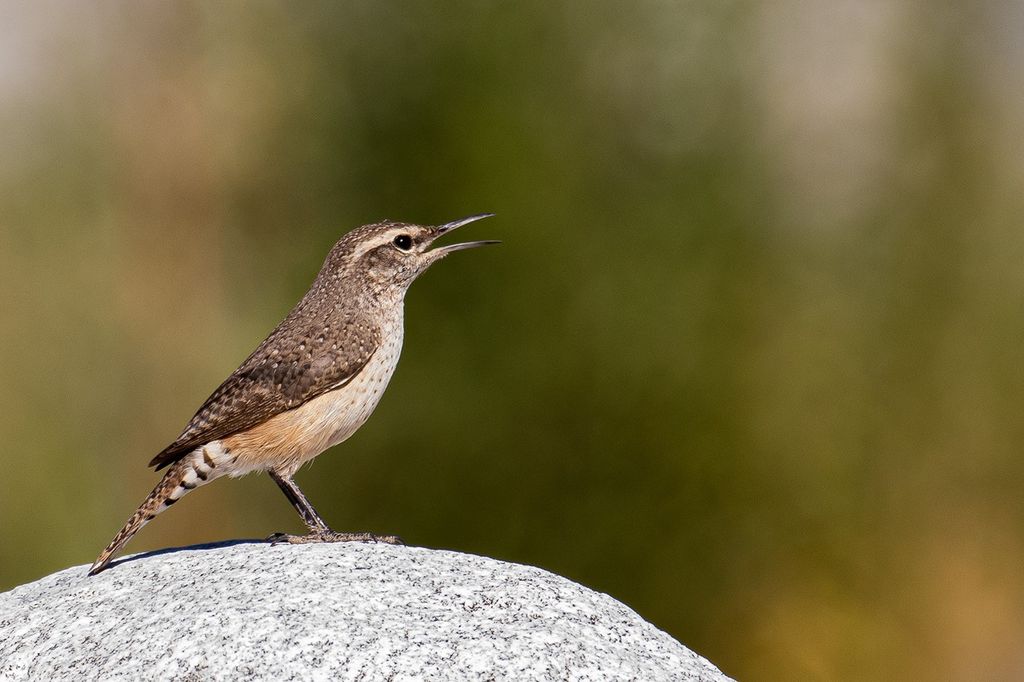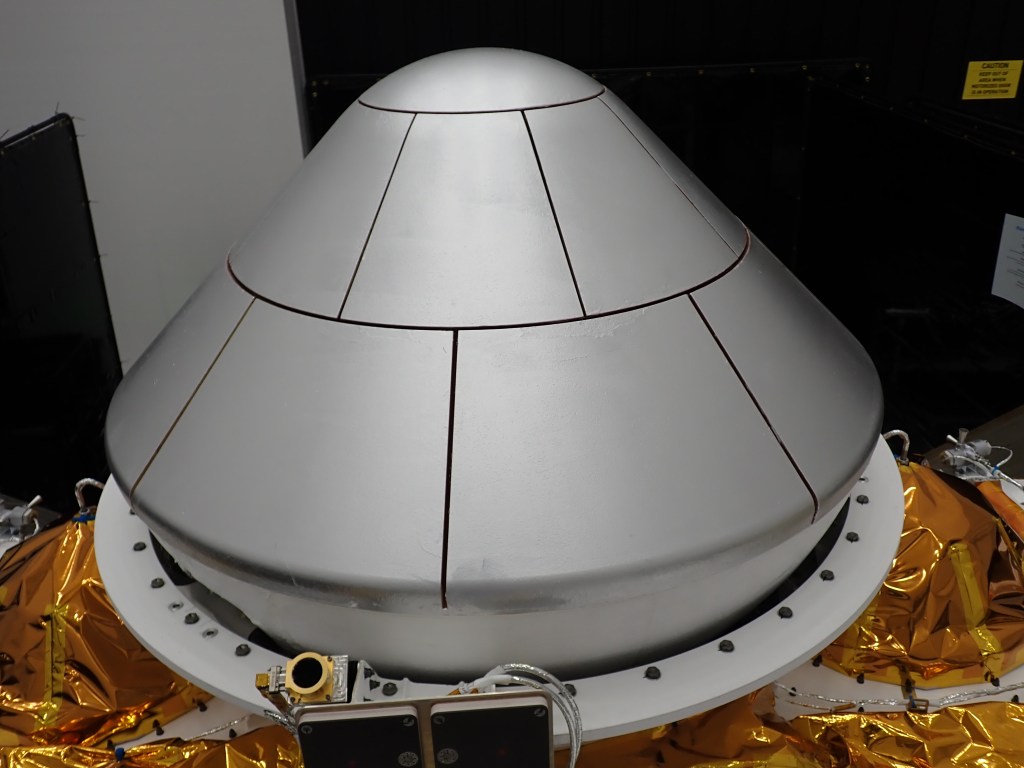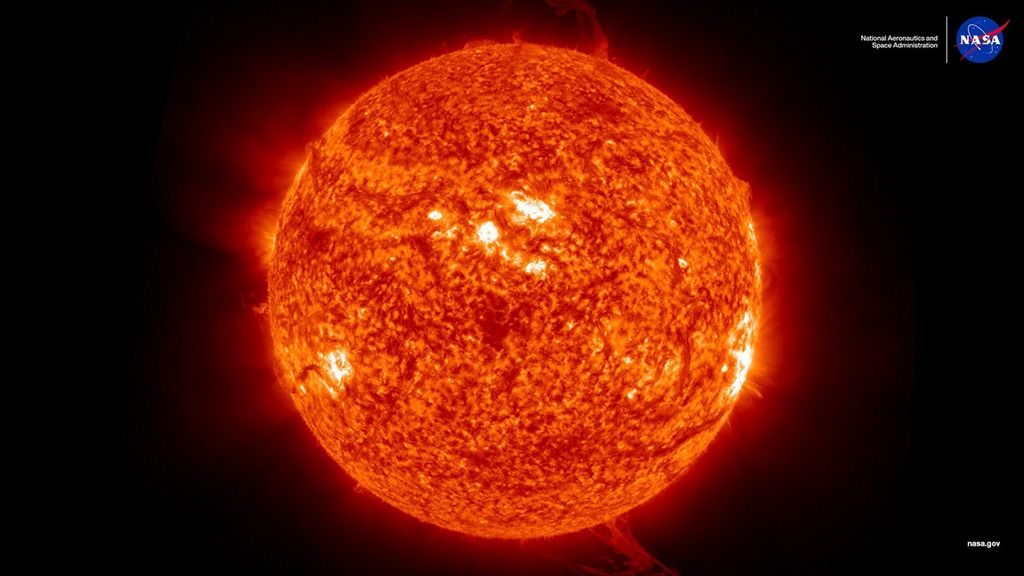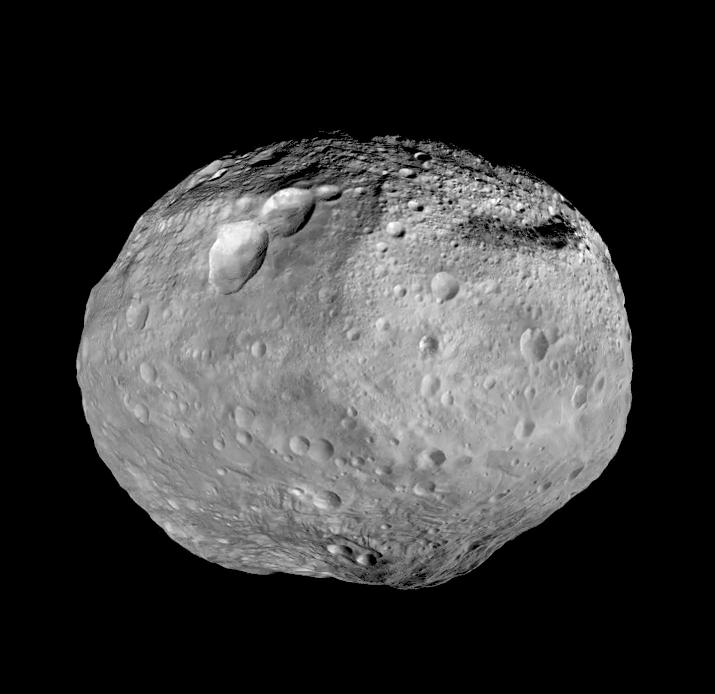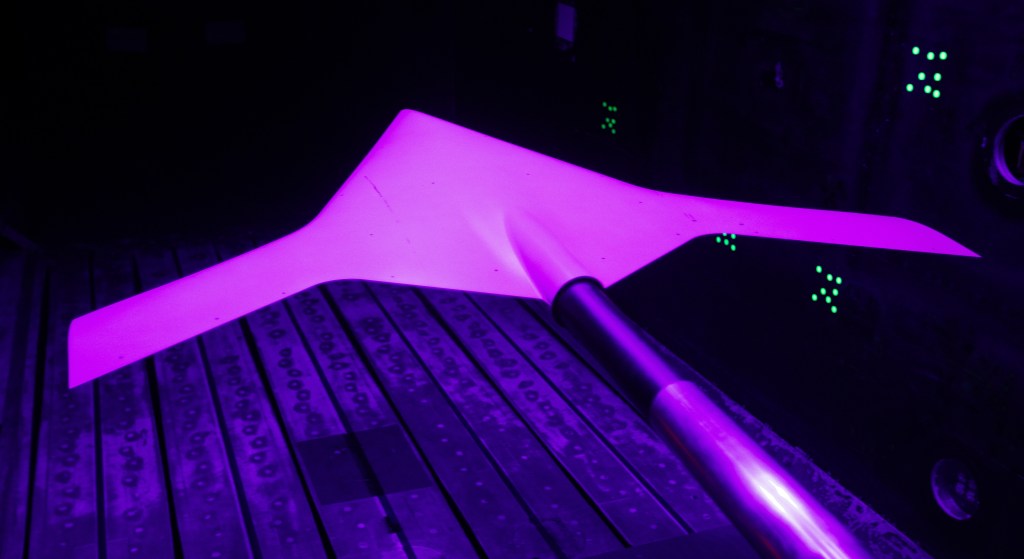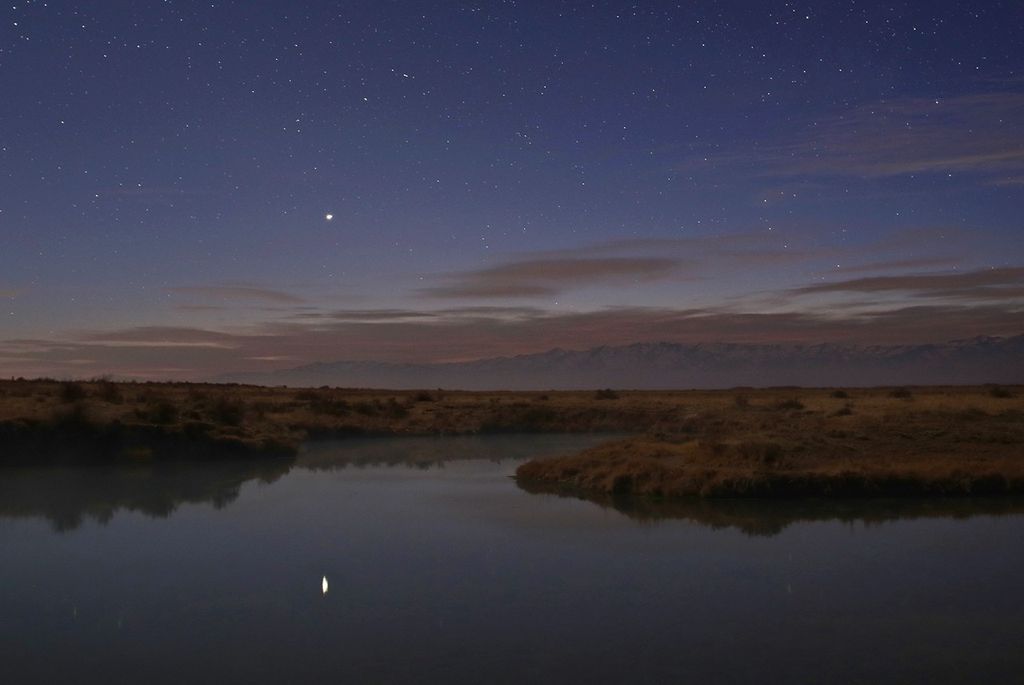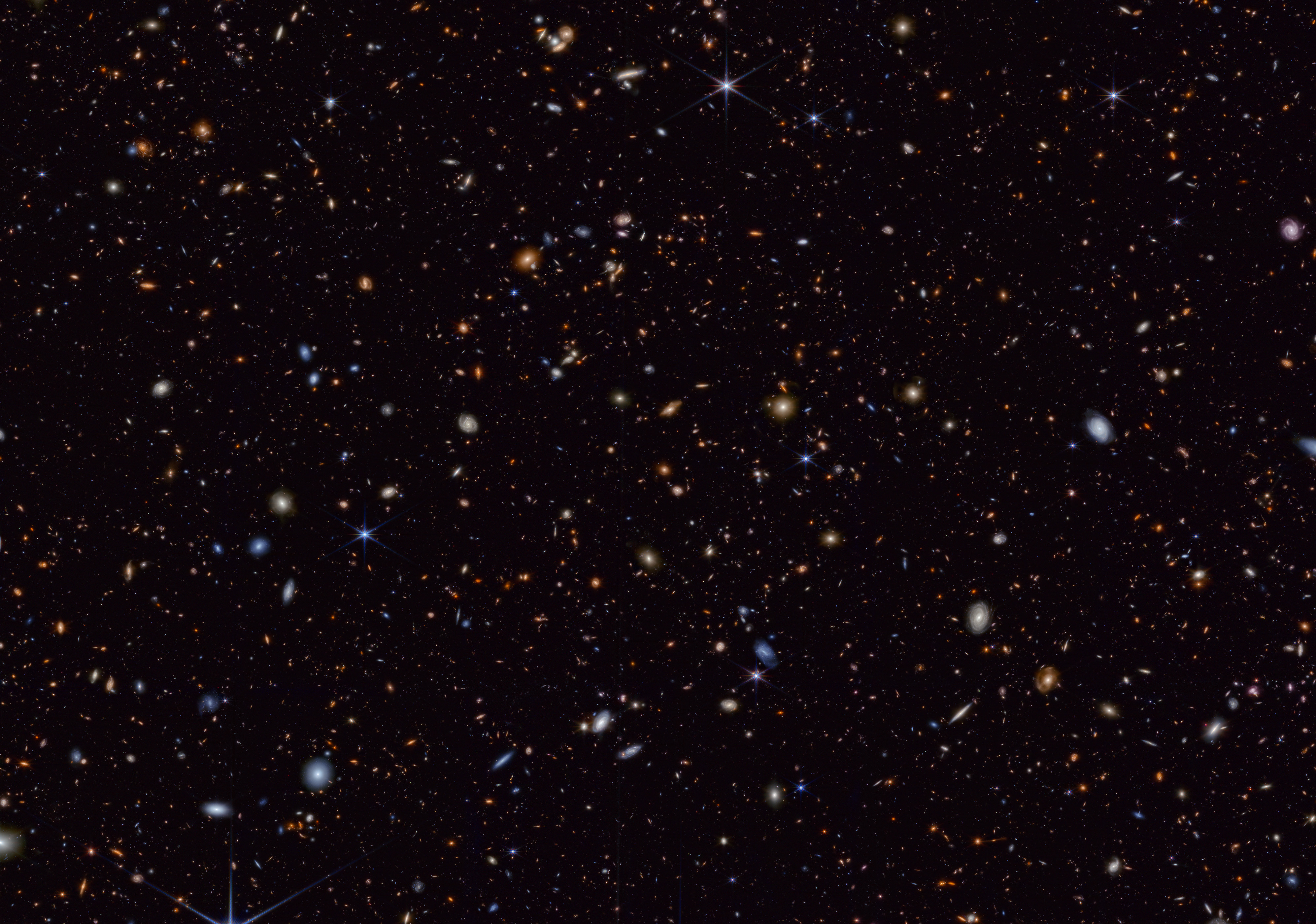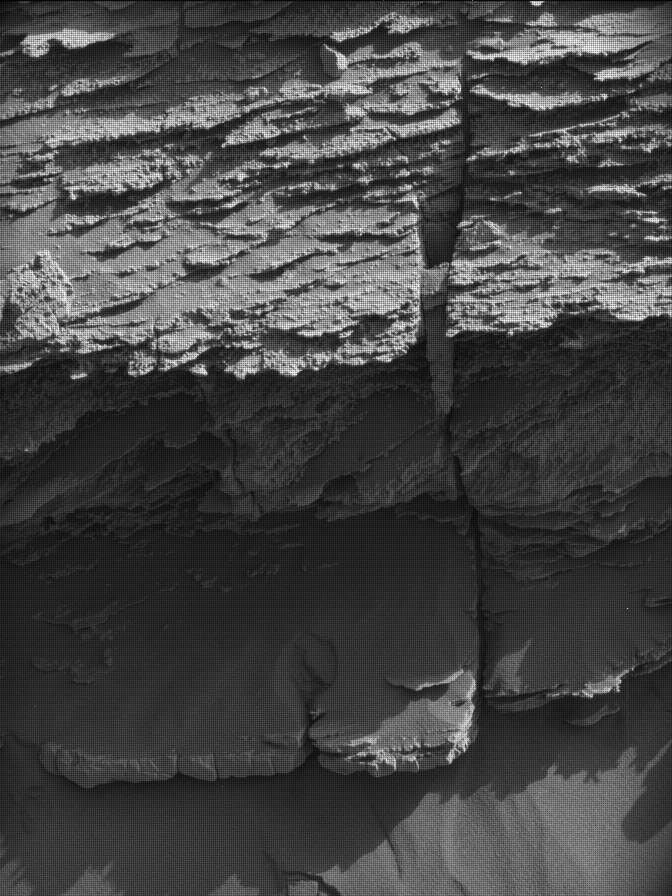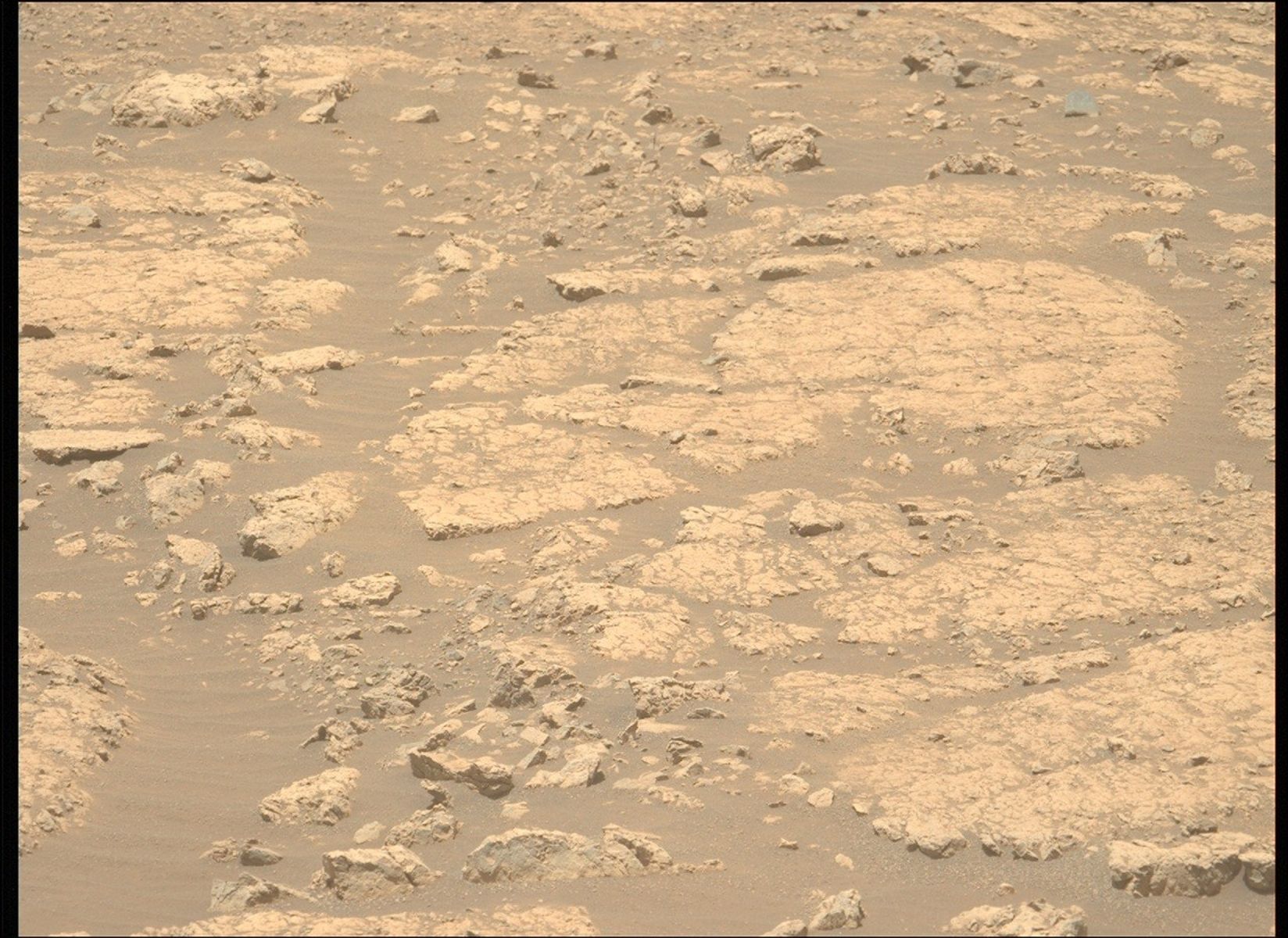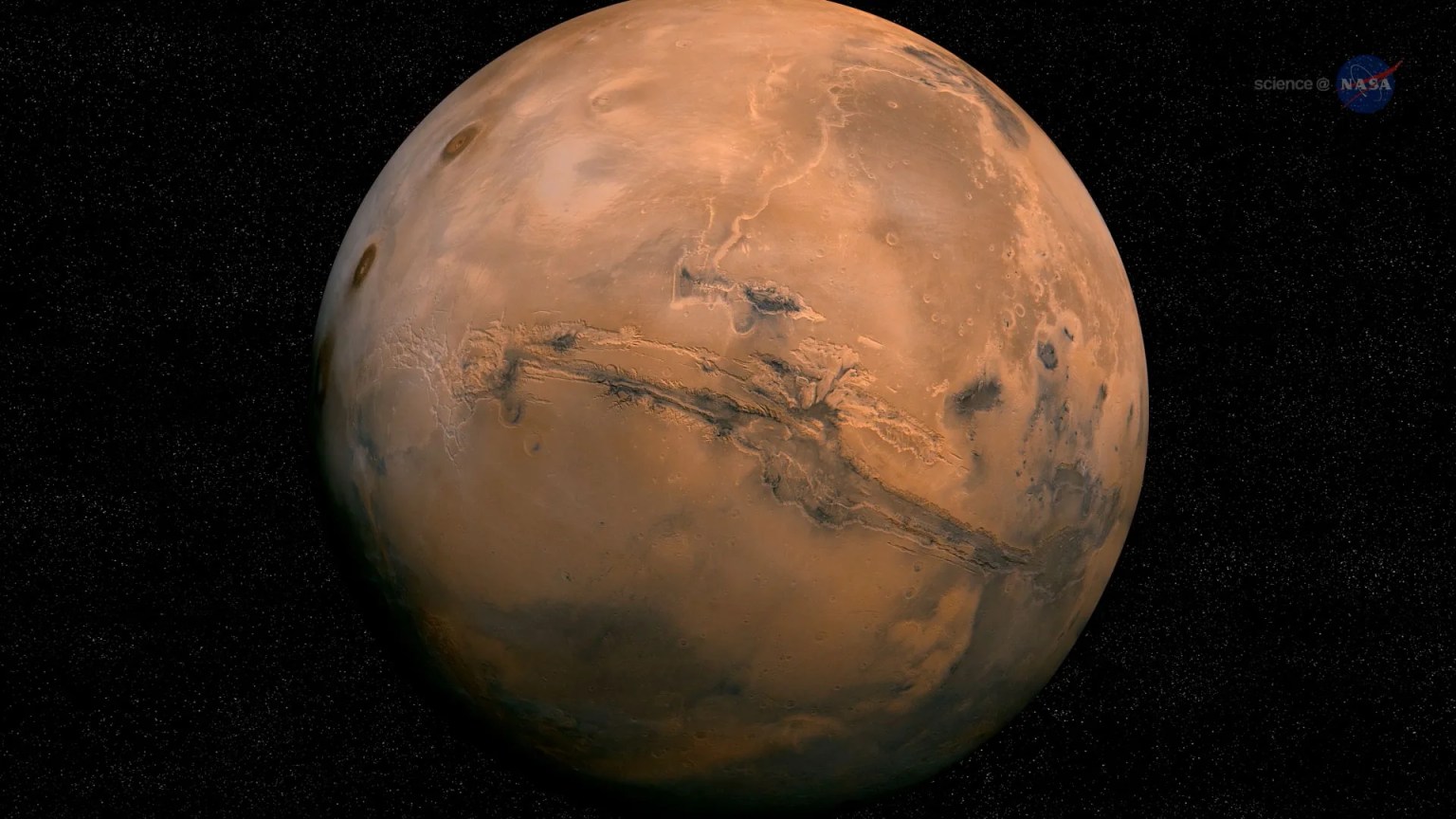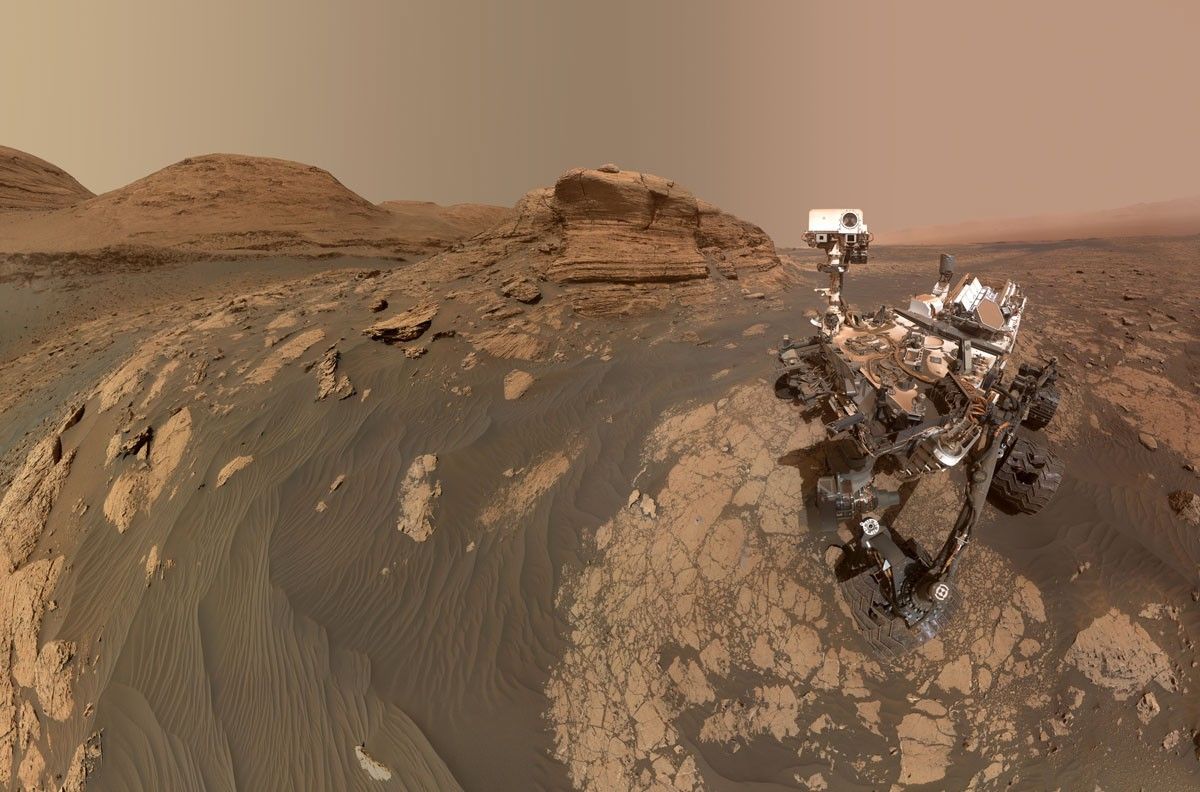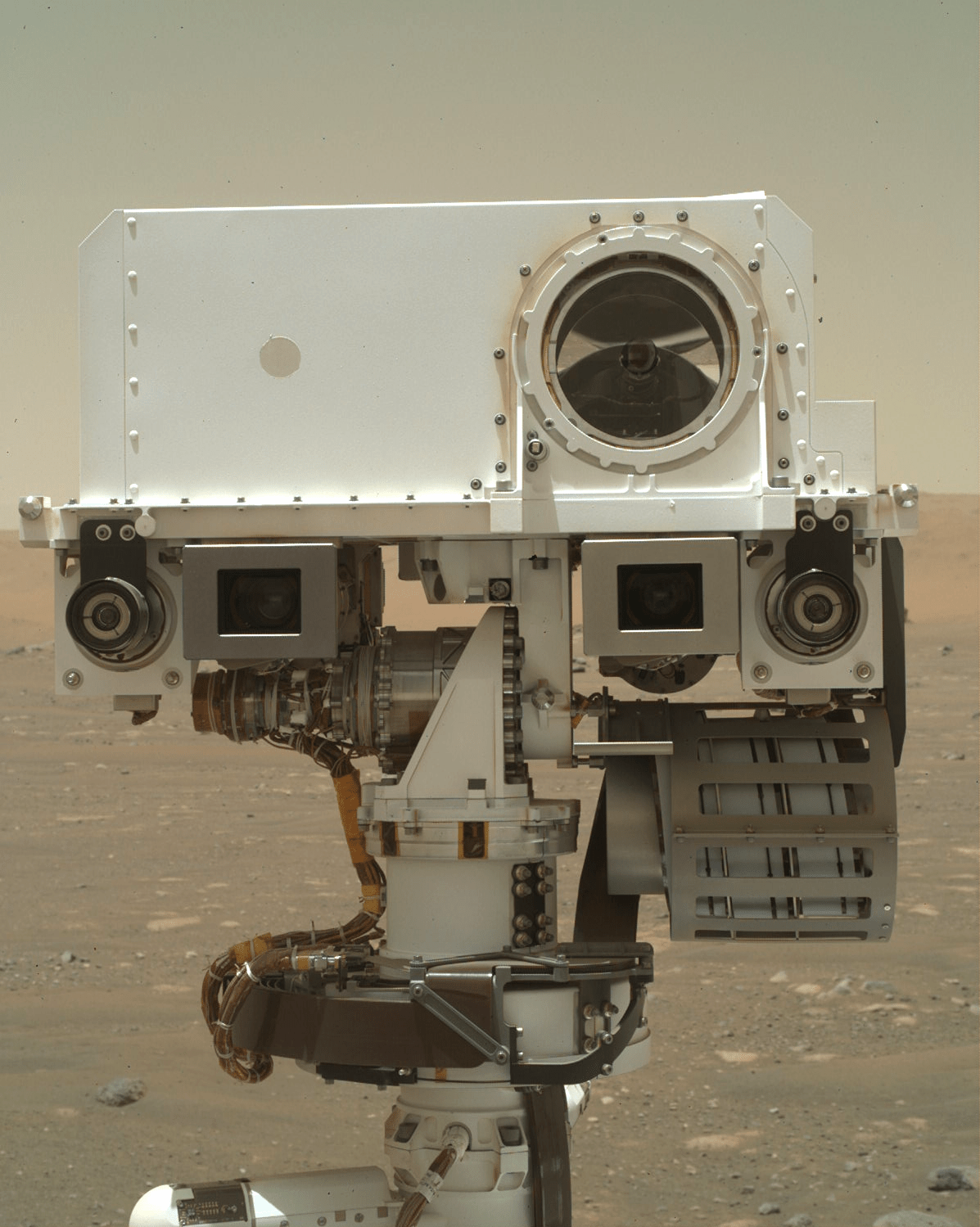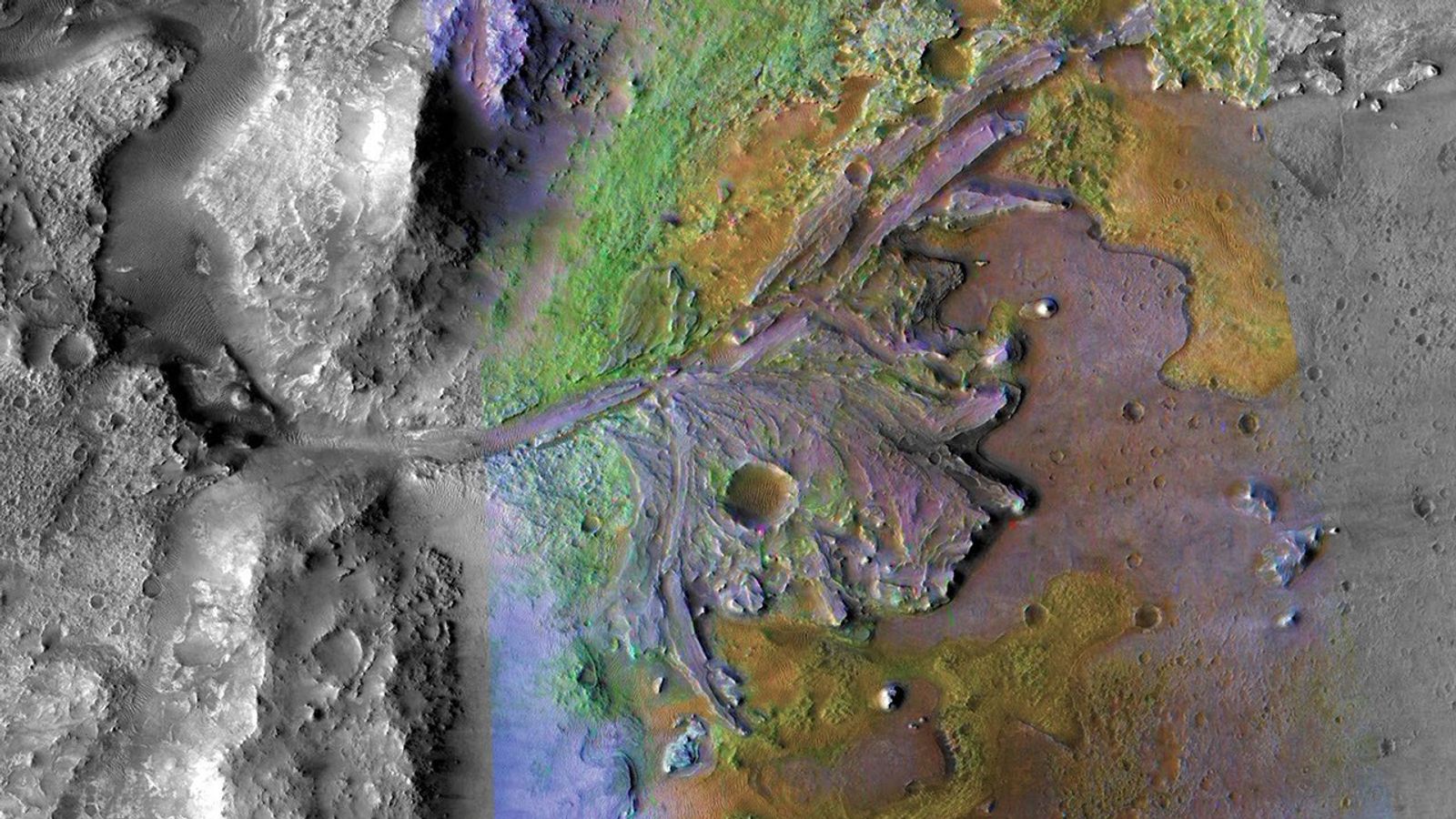As Curiosity inches closer towards ascending Vera Rubin Ridge (VRR), the science team is continuing to be diligent in both characterizing the local surroundings while also looking ahead and imaging the ridge upon approach. Today's plan is a perfect example of these split scientific priorities. The team selected several targets near the rover to analyze using its remote sensing instruments, while also allowing time for the rover to drive approximately 15 meters ahead and get into position for tomorrow's science and this weekend's long imaging campaign of VRR.
After Curiosity awakes at about 10am local time on Mars (approximately 9pm PDT on Thursday evening), her scientific activities will begin with two active ChemCam chemistry investigations of two bedrock targets immediately in front of the rover. The first target (named "Megee," located just above the shadow of Curiosity's mast in the lower portion of the image) contains an interesting linear feature that is likely a vein of altered material that is common to the Murray formation. The second target (named "Manana," located above and to the left of "Megee") is a more "classic" and representative Murray bedrock target, which will help scientists to determine how the Murray formation changes as Curiosity moves laterally and vertically within this mudstone-dominated unit. After these measurements, Curiosity will then use the high resolution Mastcam to document these two targets, will perform routine imaging of the rover deck, and will take stereo images (to produce three-dimensional information) of a complex ripple field just off the right-front wheel of the rover (named "Leadbetter"). Sediment ripples on Mars have fascinated scientists for decades, and continue to be extensively studied using both orbital and landed spacecraft. With Mars' lower gravity and lack of vegetation, scientists can learn quite a bit about how local wind patterns interact with sediment of differing grain sizes to form ripples with different shapes and wavelengths. The science team was lucky to have such an interesting ripple target close to today's study area to further this long-duration study of Martian sedimentary processes.
After the planned ~15 meter drive to take place in the early Martian afternoon, Curiosity will perform some quick imaging of her surroundings and VRR using the Navcam cameras before sending these data up to the Mars Reconnaissance Orbiter and then back to Earth for tomorrow's science planning activities. Following this data transfer, Curiosity will complete her Navcam imaging (including a survey for nearby dust devils) and will use Mastcam to look for nearby rocks. ChemCam will also perform an automated chemistry analysis of a target of interest in the surrounding landscape using its AEGIS capabilities. Lastly, the Mars Descent Imager (MARDI) will continue its faithful tradition of imaging the terrain just below the rover's belly.
Tomorrow's plan will also include activities for Curiosity to complete over the weekend, which will include a large Mastcam mosaic of VRR from this new perspective. Within the next few weeks, Curiosity will make another turn to the south to begin her ascent up VRR. Once on top of the ridge, it will be very difficult to image and analyze any evidence of layering or spectral variations that may be observed looking at the layers leading up to the top of the ridge. To a geologist, this layering (or stratigraphy, in geologic terms) is oftentimes the most important data that one can acquire in trying to understand the origin and history of geologic features. Think about all of the information you might be able to learn from the layering exposed in the Grand Canyon - the top of the Grand Canyon is far less interesting than the layers exposed within it. Therefore, we are trying to be as diligent as possible to methodically image the ridge on our approach.
Written by Mark Salvatore, Planetary Geologist at University of Michigan

